A dull kitchen knife is both inefficient and dangerous, requiring more force to slice and increasing the likelihood that you’ll cut yourself. Regular maintenance will keep the blade sharp, reduce your risk of injury, and make for a more enjoyable cooking experience.
Sharpening and honing are both necessary to properly maintain a knife. Sharpening shaves the metal to create a finer blade and should be done at least once a year; many grocery and cookware stores offer this service for a nominal fee. Alternatively, purchase a handheld sharpener and follow the manufacturer’s instructions to revive a knife’s edge.
Honing realigns the blade’s edge for smoother cuts. Use this technique to hone your knives about once a week, depending on how often you use them.
1. Hold the steel vertically on a cutting board. Place the heel of the blade against the top of the steel at a 15-degree angle.
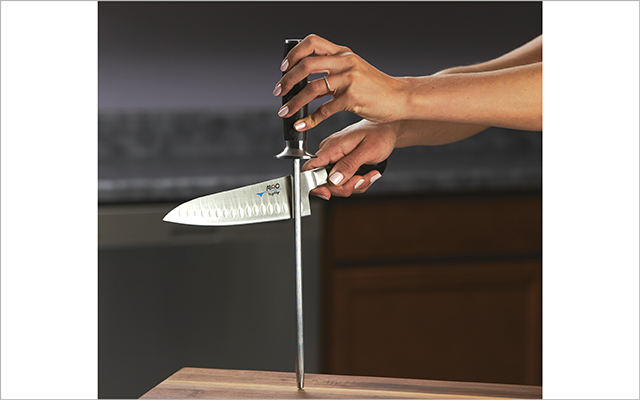 Photography by John Mowers
Photography by John Mowers2. Maintain steady pressure and a consistent angle while sliding the blade down the length of the steel. Pull the knife toward your body so the center of the blade makes contact with the steel. Continue moving down so the tip passes over the bottom.
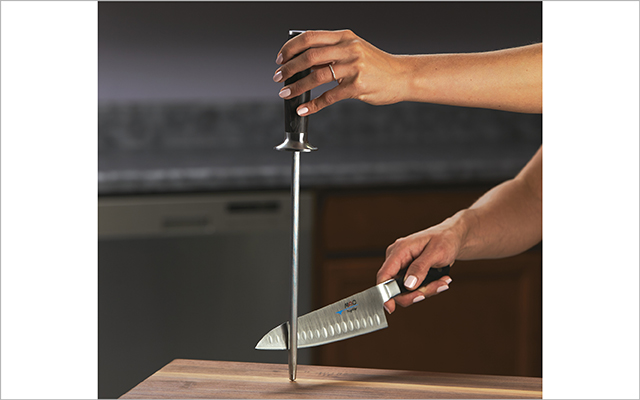 Photography by John Mowers
Photography by John Mowers3. Repeat on the other side. Complete eight to 10 strokes (four or five on each side), gradually reducing pressure with each repetition to maintain an even edge.
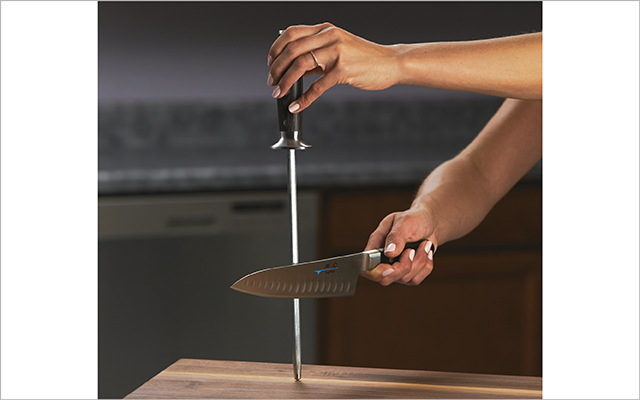 Photography by John Mowers
Photography by John Mowers4. Carefully wipe the blade with a damp paper towel before using.
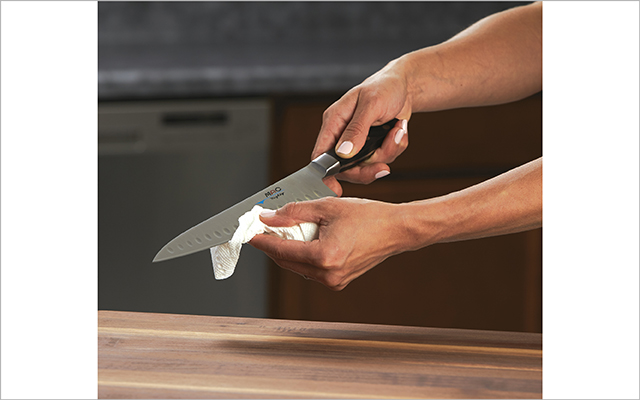 Photography by John Mowers
Photography by John MowersSharp Tips
Do: Wash and dry your knives immediately after use, and purchase covers to protect their edges.
Don’t: Put your knives in the dishwasher or use glass cutting boards, which will dull the blades.
This originally appeared as “Hone Your Knives” in the November 2018 print issue of Experience Life.

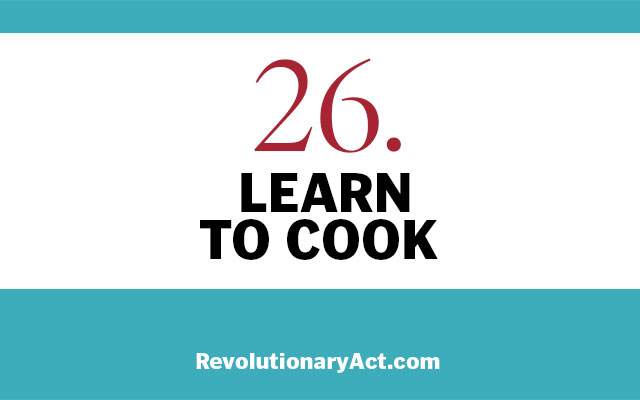

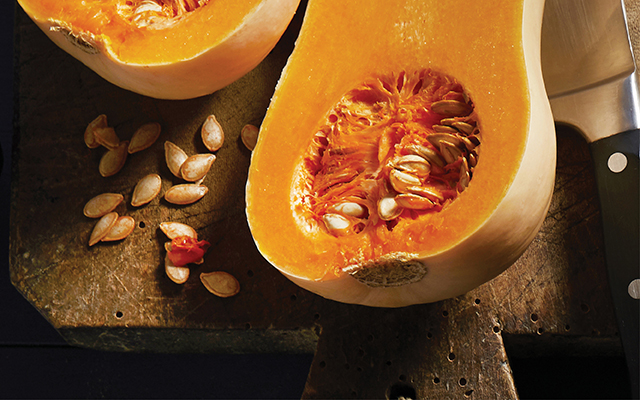
This Post Has 0 Comments